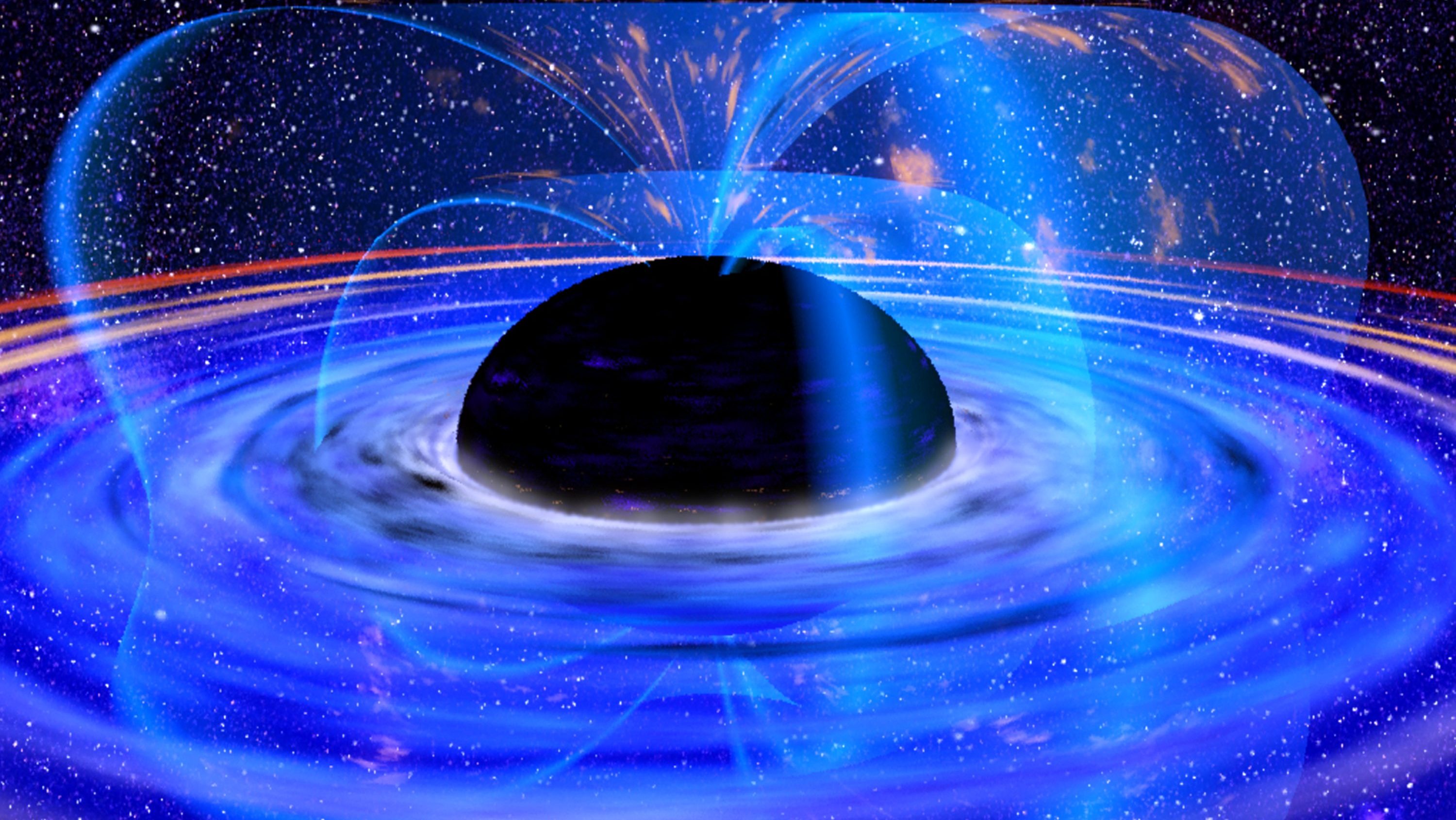Why does the ‘Windchill factor’ make you feel so cold?

And what you can do to fight it.
“October extinguished itself in a rush of howling winds and driving rain and November arrived, cold as frozen iron, with hard frosts every morning and icy drafts that bit at exposed hands and faces.” –J.K. Rowling
As cold as it gets outside during the winter, it’s likely going to feel even colder. When you take the Windchill factor into account, a modest breeze can make a 32º F (0º C) day feel like a 20º F (-7º C) day, while a 0º F (-18º C) day might feel more like it’s -20º F (-30º C) outside. The colder it is and the faster the wind blows, the colder it feels. But if it’s both very cold and very windy outside, it feels like an even more extreme cold than either one alone. The science behind it may be straightforward, but there are a lot of forecasters and meteorologists that misuse it when speaking to the general public. Here’s what these numbers really mean.
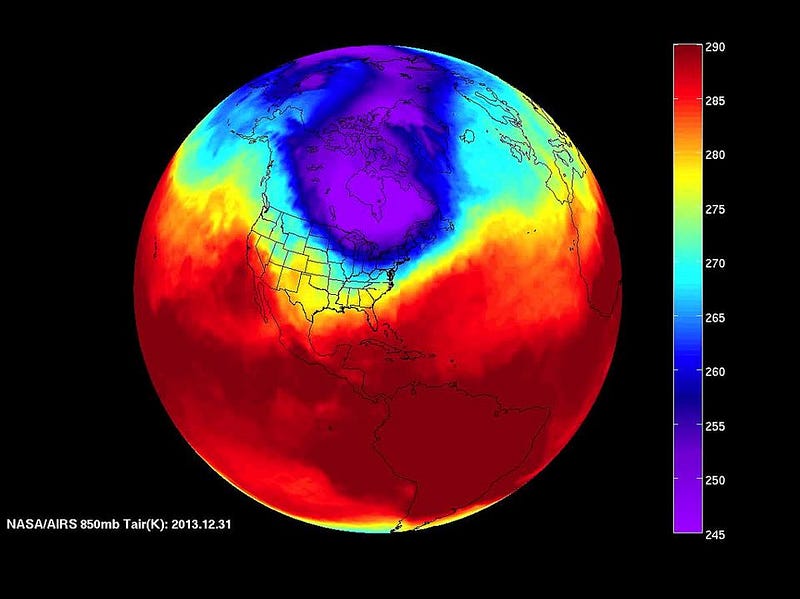
Inside your body, you have a core temperature of around 98.6º F (37º C), due to the heat generated by your own cells as they burn fuel. It’s one of the perks of being a warm-blooded animal, like most birds and mammals. By time we reach the outer layers of our skin cells, that temperature has dropped a few degrees to 93º F (34º C) near our core. If you measure your extremities instead on just a modestly chilly day — like your hands and fingers — they’re typically much colder: around 84º F (29º C) for your hands but 64º F (18º C) for your fingertips. It’s our body heat that keeps us warm, but the outside environment* works to strip that heat away.
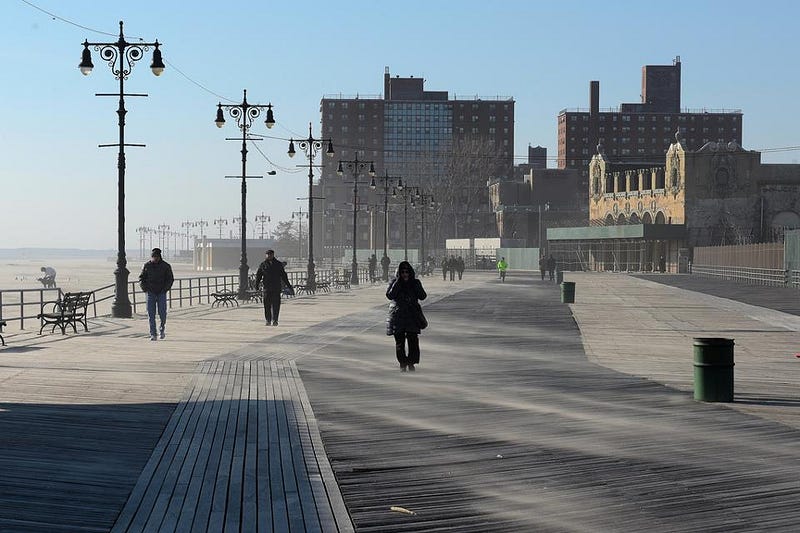
When it’s colder than our skin temperature outside, our body loses heat not only by radiating it, but by transferring energy to the air molecules that collide with our skin. On average, every molecular collision between an air molecule and a molecule that composes your body will result in both molecules approaching equilibrium: the same mean temperature. If you were to start at 37º and it’s 5º outside, the first collisions will work to take you down to 21º, but subsequent collisions will bring you down to 13º, then 9º, 7º and so on. This is why inanimate objects, particularly those not in direct sunlight, very quickly reach the same temperature as the ambient air around them.
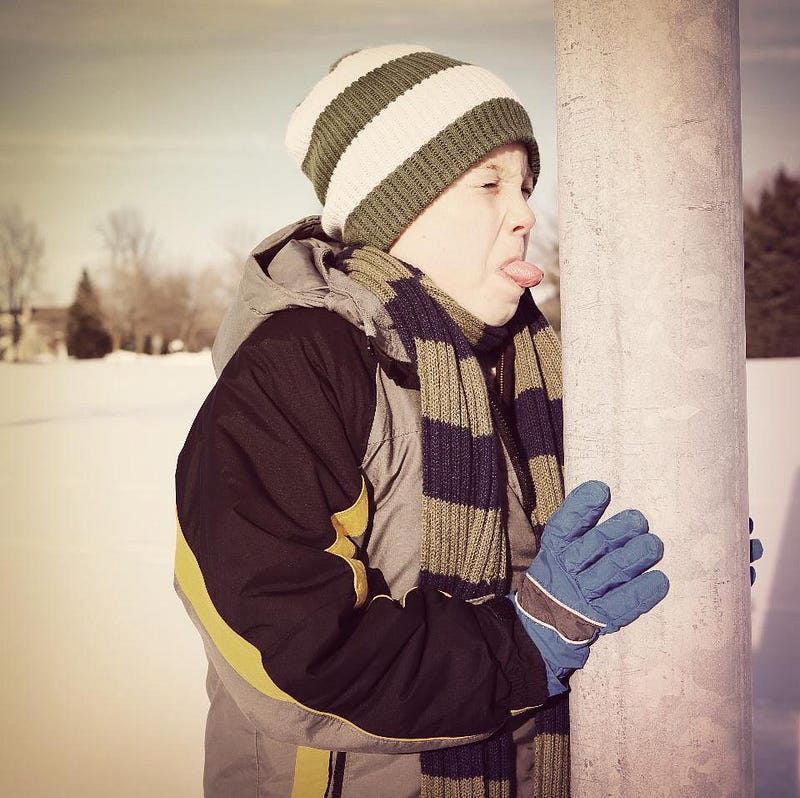
Of course, as the blood circulates through our body and our cells burn energy, we continue to heat ourselves. It’s a continual race: between the energy consumed by our body working to raise our temperature, and the surrounding environment working to lower it. What makes the surrounding environment good at lowering our temperature? The combined effects of the temperature of the molecules colliding with us, along with the rate at which those molecules collide with our skin. That’s how you transfer energy more quickly: with a larger temperature difference and a larger collision rate.
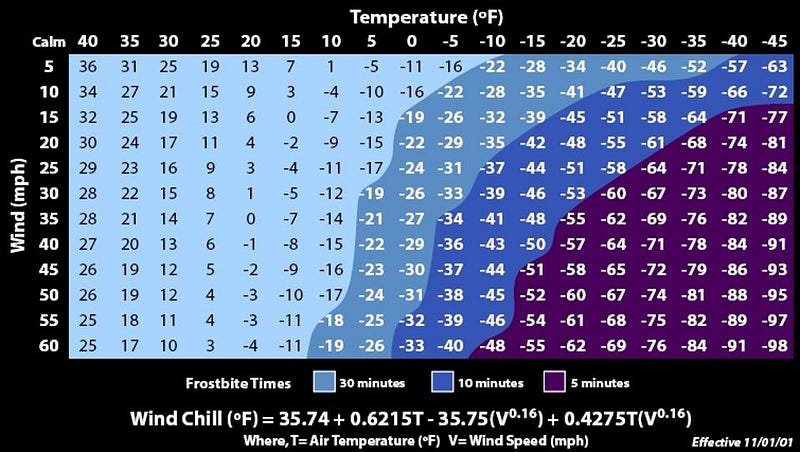
There’s also a third factor that comes into play, however, when we’re not stark naked in the world: insulation. If the air were truly still, the molecules that collided with our skin would be warmed and remain near our body, insulating us from the colder, surrounding air. This is how your walls and windows work in your home, creating layers with progressively decreasing temperatures as they face the outside, insulating your interior spaces from the colder outside. It’s also how the layers of clothing we wear affect us as well. The more insulated we are — generally by wearing multiple, thick layers of clothing — the worse the outside air is at taking our body’s heat from us.
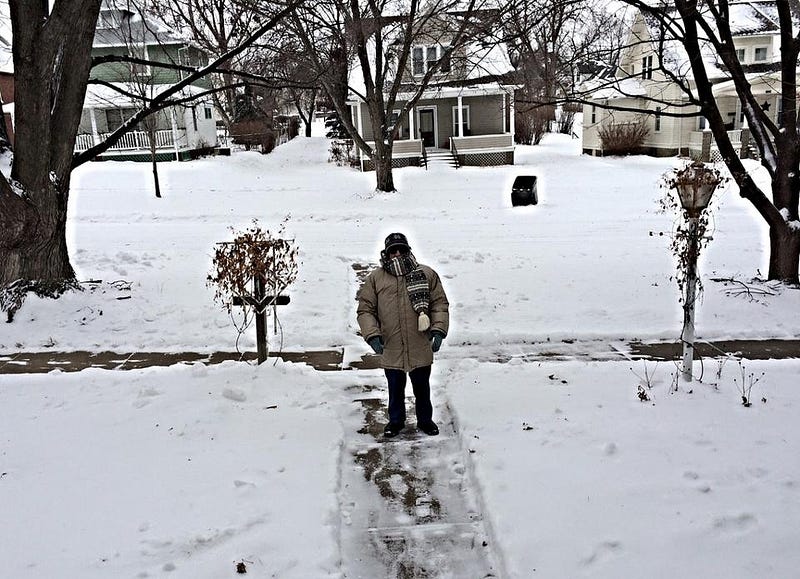
The effective temperature they give you for the Windchill factor takes a number of assumptions into account that are normally untrue:
- That this is for bare skin exposed to the air,
- Face-on in the direction of the wind,
- That you’re walking into in an open field,
- With no sunlight striking you (so in the shade or at night).
But covering your skin can negate the effects of the Windchill completely; wind speeds below 3 mph (5 km/h) have no discernible impact on bare skin, while speeds below 8 mph (13 km/h) have no effect beneath a modest layer of cotton clothing. Standing in an area where the wind is partially or completely blocked will negate the wind’s effects significantly. In addition, full, direct sunlight can increase how the temperature “feels” on your body by up to 10–18º F (6–10º C).
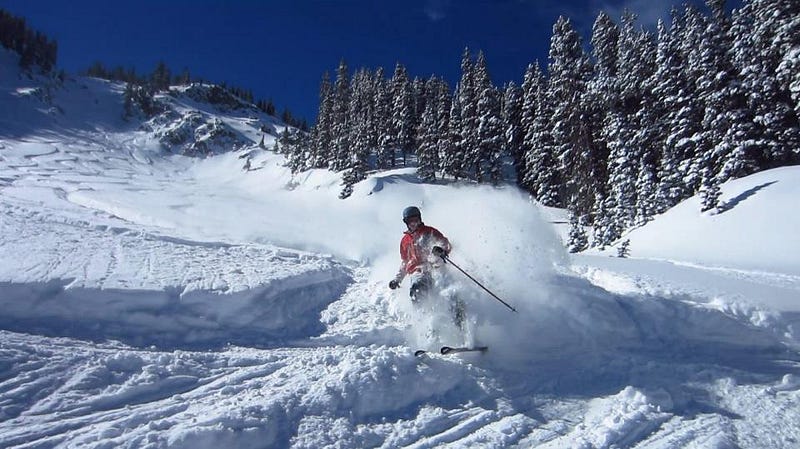
Simple precautions can prevent the wind from affecting you in any negative sense; you just have to be aware of what they are. It’s the coldest days with the strongest winds that place us most at risk, but nothing we face in the northern hemisphere is going to compare to the extremes seen at some of the remote weather stations in Antarctica. On July 4th, 2003, just a few days after the solstice, an Antarctic station recorded temperatures of -94º F (-70º C), but the wind was blowing at 75 mph (121 kph), creating an effective Windchill temperature of -150º F (-101º C). Fast winds and very low temperatures are the worst possible combination, but keeping yourself covered will keep you safe. Either that, or find yourself a flock of emperor penguins to huddle with!
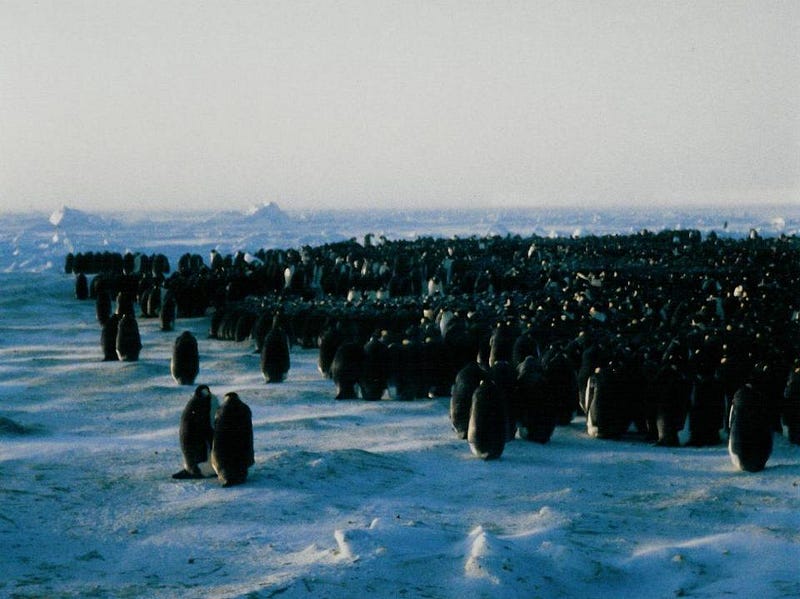
* — This is only true when it’s cooler outside than the temperature of the human body. When it’s very hot outside, humans cannot cool themselves normally, and so not only sweat profusely, but any breeze at all will serve as a heating element, warming up your skin even further.
This post first appeared at Forbes, and is brought to you ad-free by our Patreon supporters. Comment on our forum, & buy our first book: Beyond The Galaxy!




